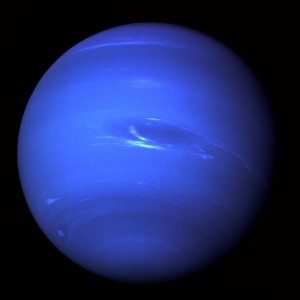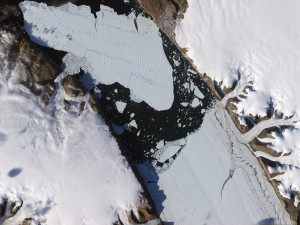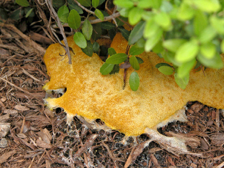
Were he still alive, today would have been the 100th birthday of Marshall McLuhan. While most Canadians have heard of him, and might even be able to rattle off his famous, cryptic aphorism, “the medium is the message,” a complete understanding of his theories is beyond most, including some who think they know. Still, his general point – that the electronic media have fundamentally altered our consciousness – seems intuitive enough. On my smart phone, I have instant access to access to all human knowledge via the Internet. It’s an amazing ability, but like many people, I sometimes worry that having this super power has made me less likely to retain information myself. Is my own memory in danger of being made obsolete by Google?
I was thinking about this while reading through a study published in Science last week by Betsy Sparrow and her colleagues in the Department of Psychology at Columbia University.Continue reading






